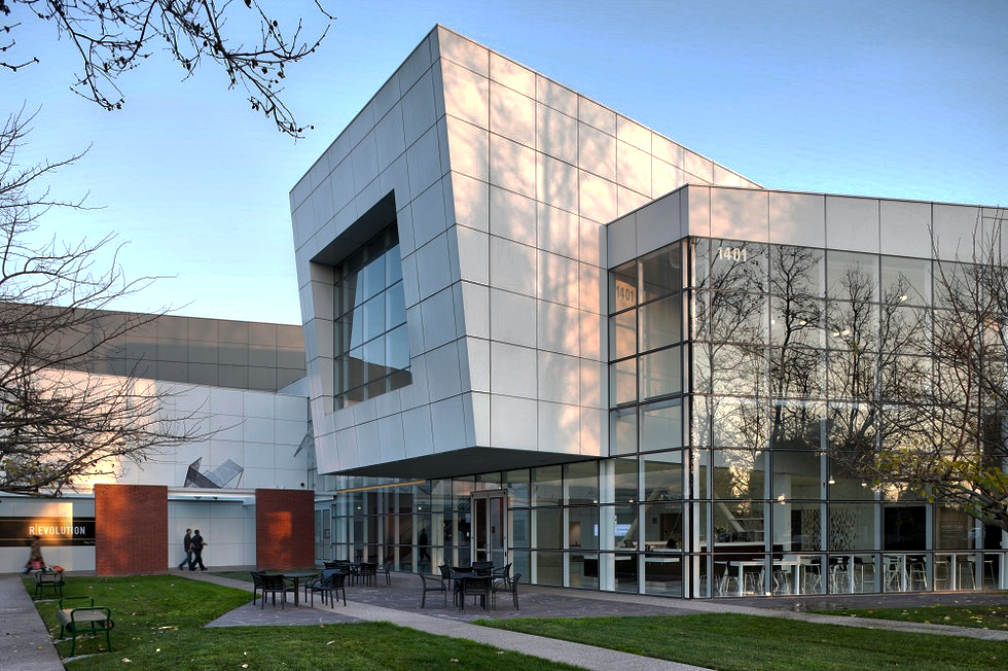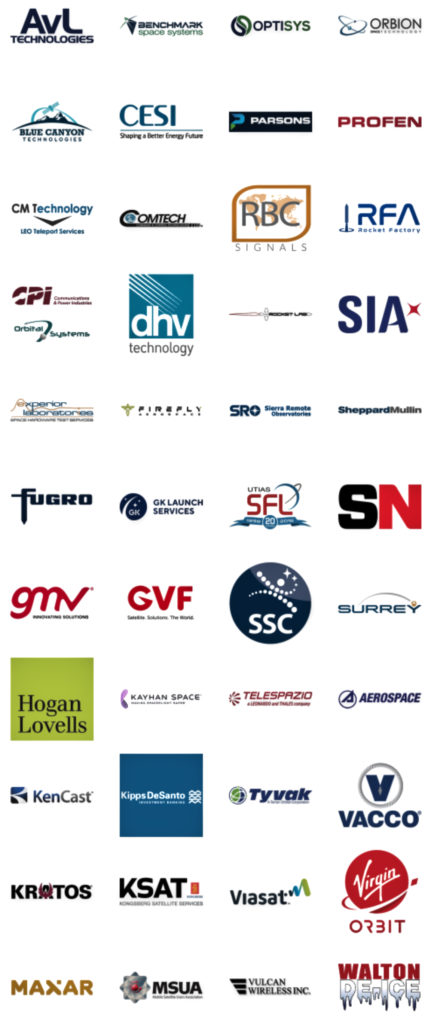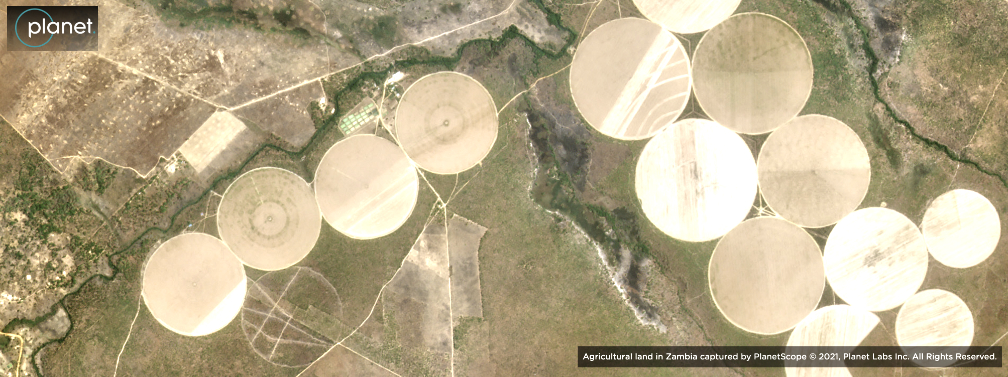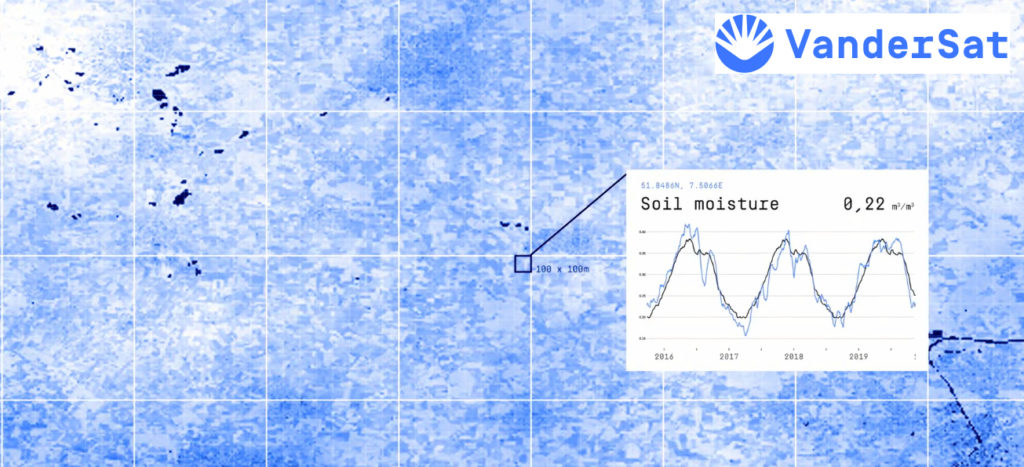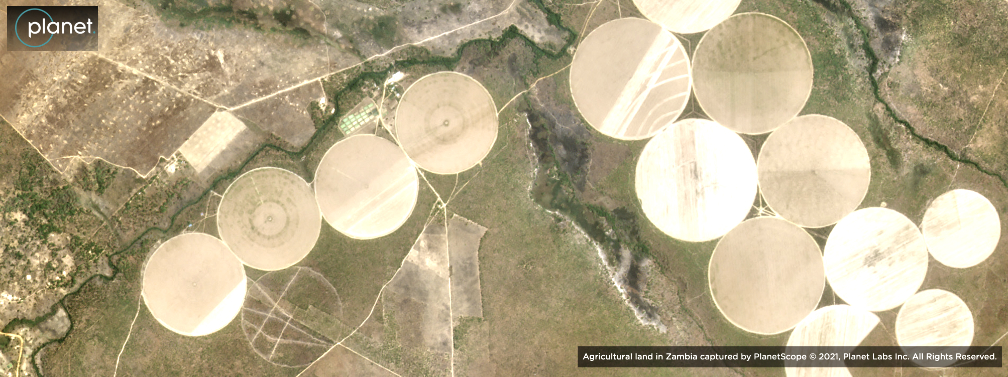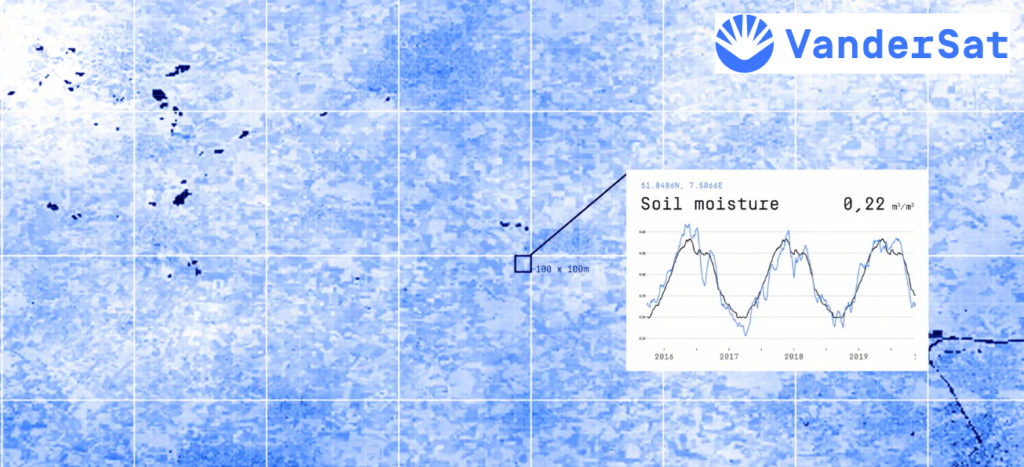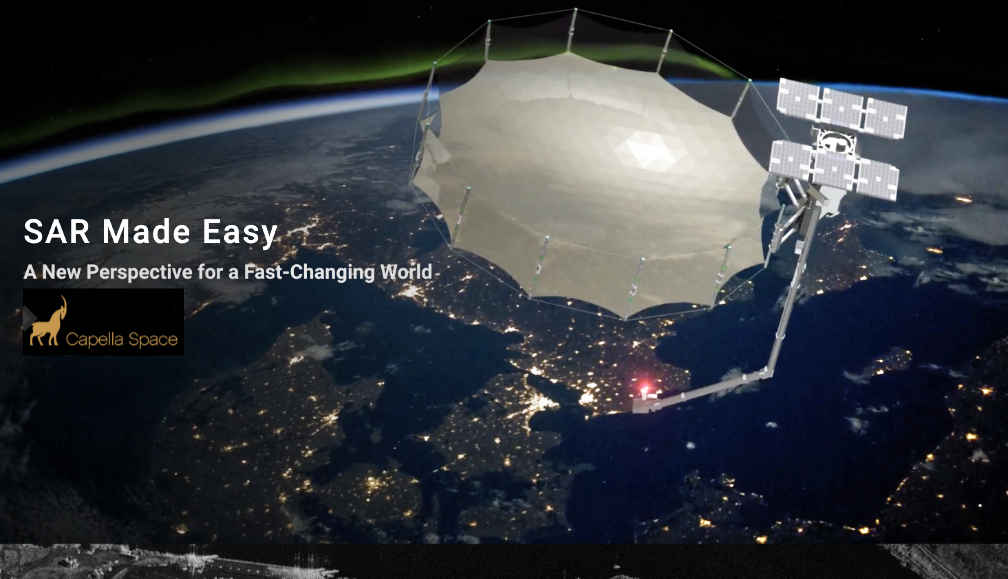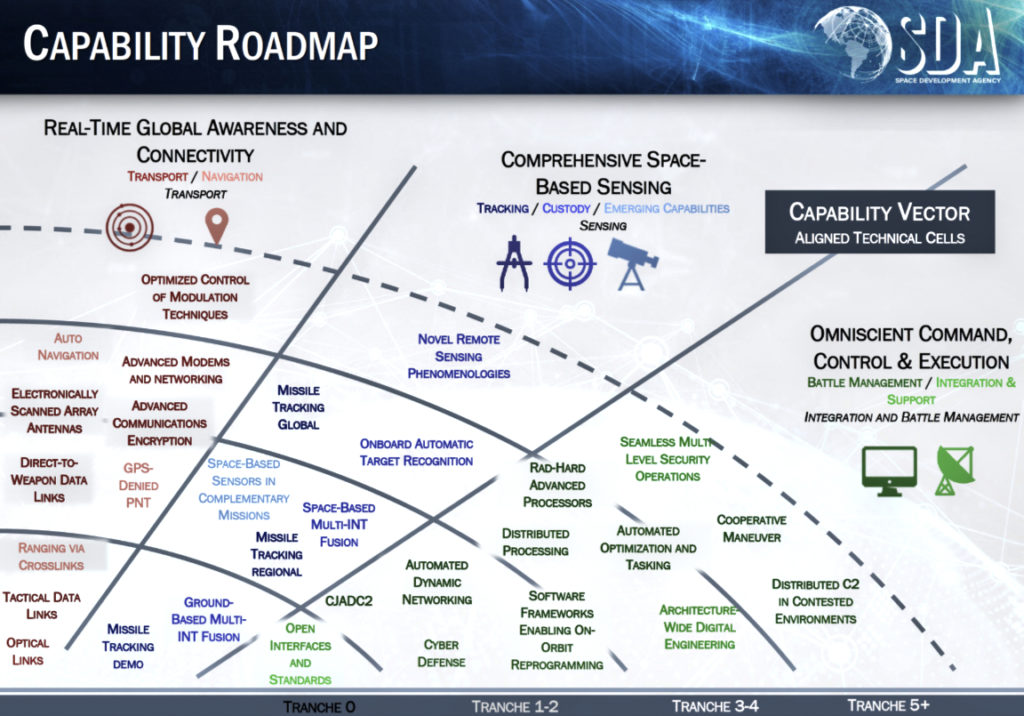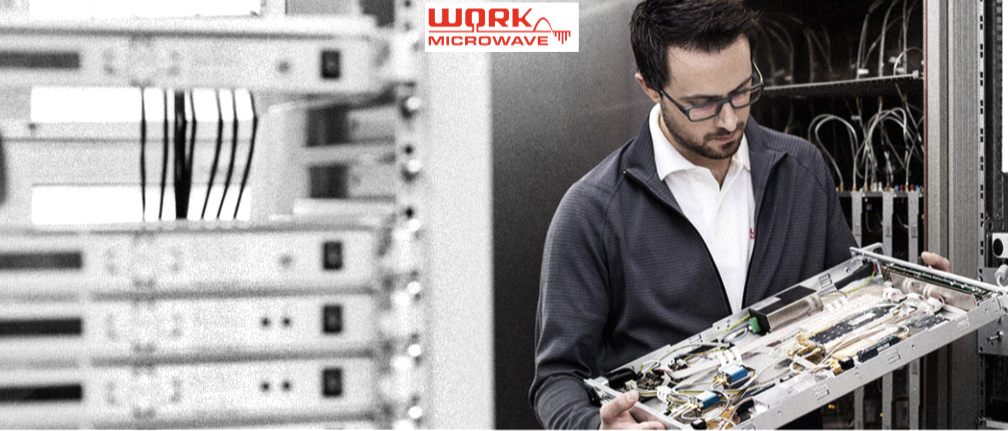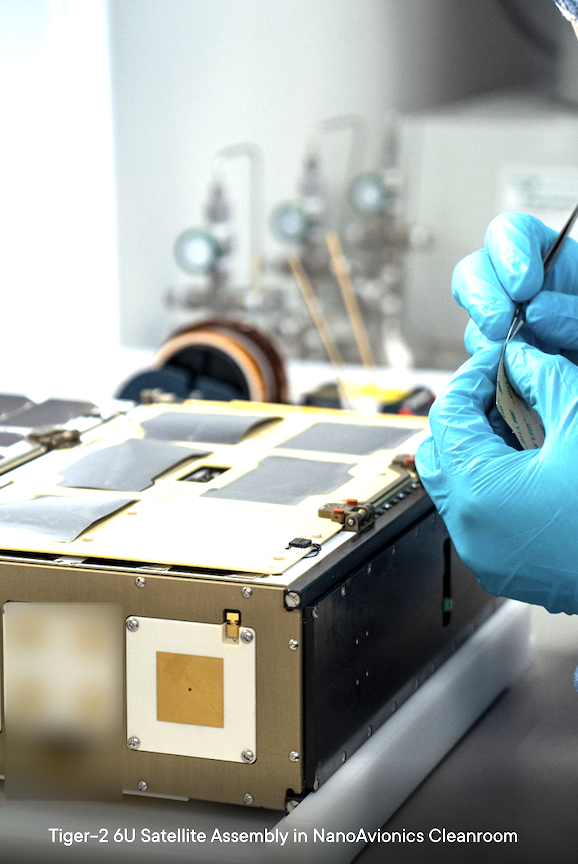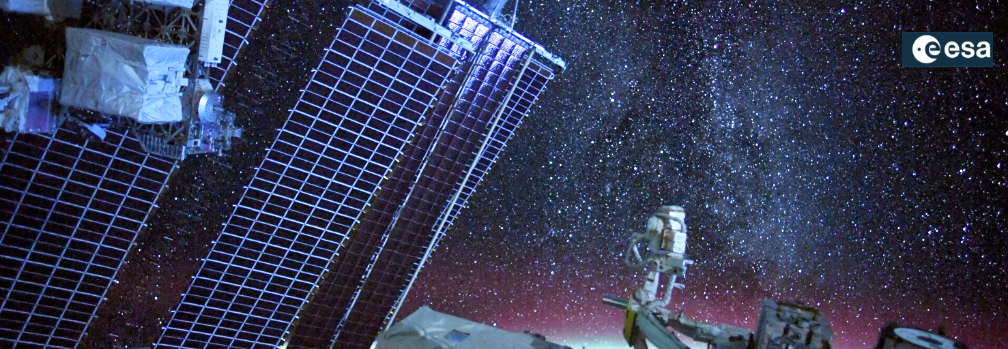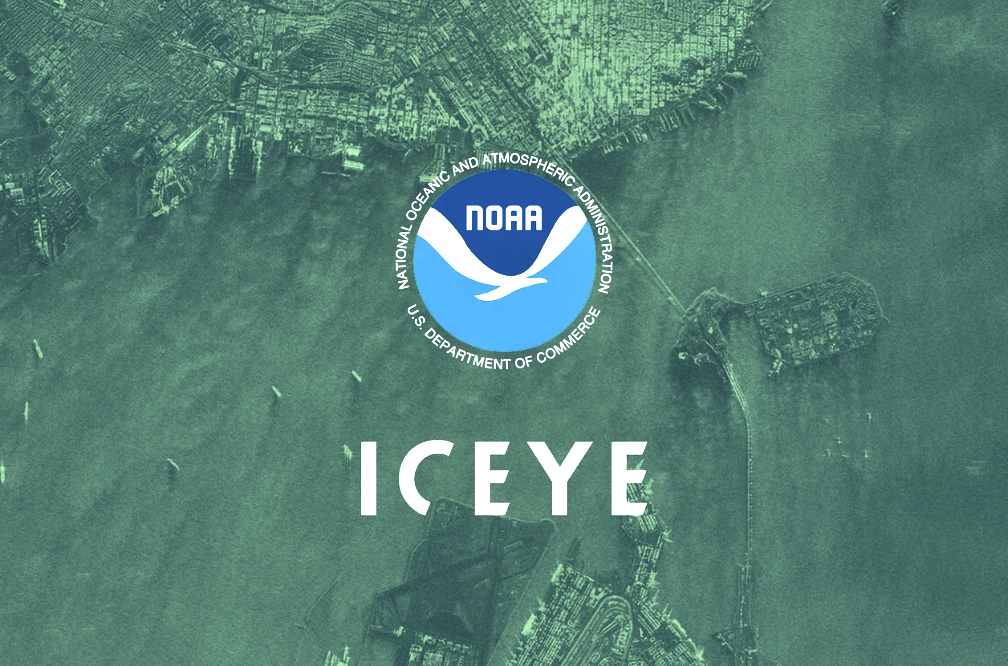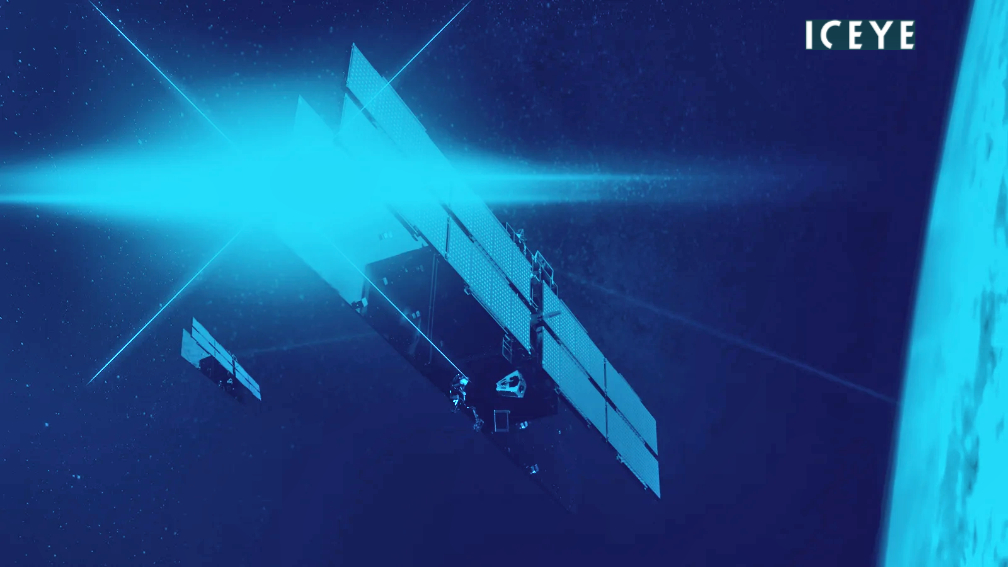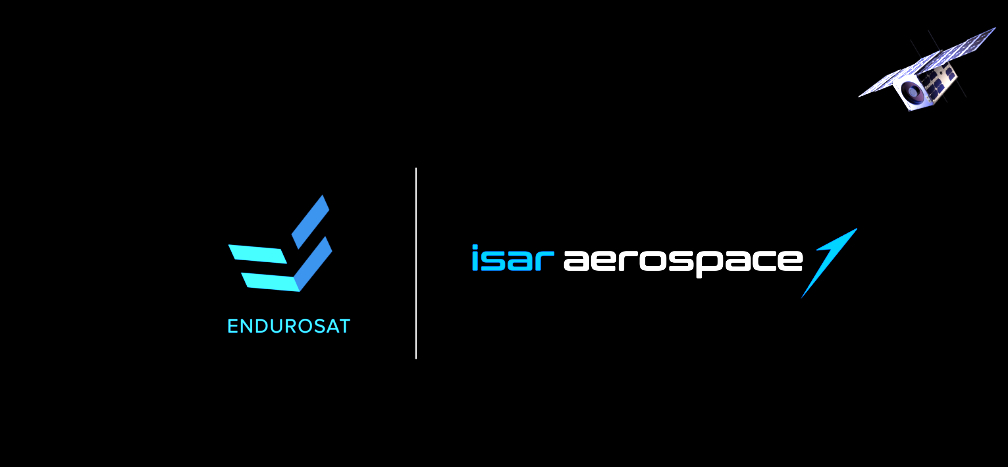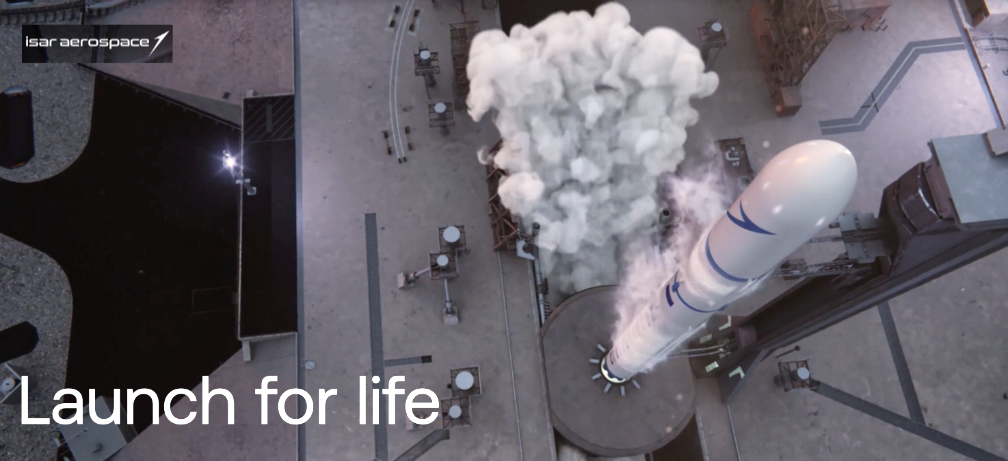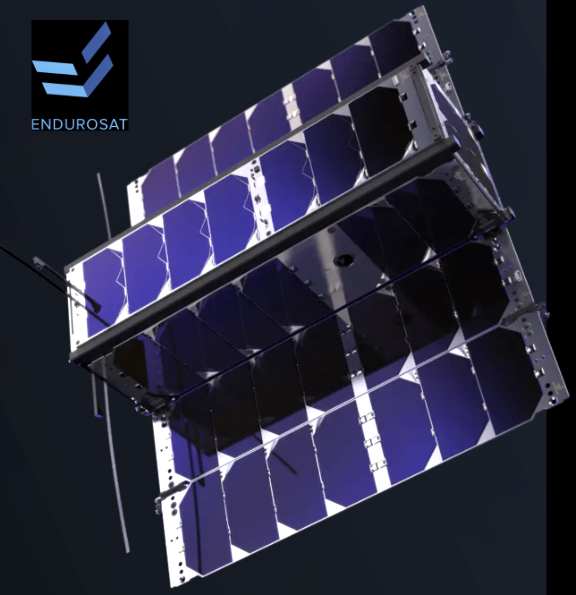
Capella Space has announced that the company will become the first commercial synthetic aperture radar (SAR) supplier to demonstrate Optical Inter-Satellite Link (OISL) compatibility with the U.S. Space Development Agency (SDA)’s new National Defense Space Architecture (NDSA).
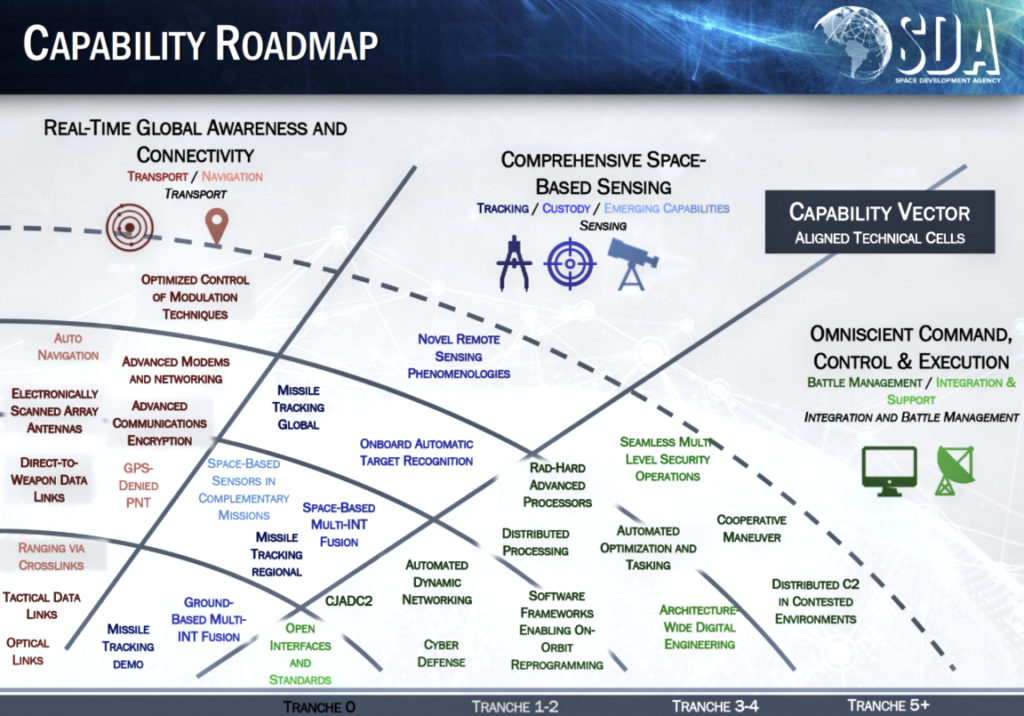
SAR data is a highly valuable asset for the SDA and the U.S. Department of Defense. The next generation of Capella’s persistent SAR monitoring capabilities will leverage new technology that enables high delivery speeds and direct access to its 24/7 all-weather data for U.S. Government customers.
Capella Space will install optical communications terminals (OCTs) on its commercial SAR satellites, starting in late 2022. This will enable the company to use highly efficient laser communications technology to send and receive data to and from its satellites in LEO, relaying data to compatibly equipped government satellites and military operations on the ground. The integration of OCTs onto Capella’s SAR constellation will drastically reduce latency from image collect to download and ensure spaceborne data is quickly available to inform critical decision-making for terrestrial missions.
Capella Space selected Mynaric’s CONDOR Mk3 Optical Communications Terminal. The company selected Mynaric’s technology following a thorough vetting process. Mynaric has previously demonstrated compatibility with the SDA systems and standards.
Capella Space has partnered with a number of U.S. Department of Defense agencies, including the National Reconnaissance Office, U.S. Air Force, U.S. Army and the U.S. Space Force. This announcement follows a new Collaborative Research Agreement with the U.S. Army Space and Missile Technical Defense Center as well as the hiring of Amy Hopkins as Capella’s new vice president and general manager of U.S. Government.
Since officially launching commercial operations in January 2021, Capella’s new innovations and the growth of its federal team positions it to serve U.S. Government customers with fast, direct access to reliable SAR data in order to solve challenges from tactical users to global policy making.
In 2016, Capella Space was founded to enable a richer understanding of our planet in entirely new and powerful ways. The company saw an opportunity to use Synthetic Aperture Radar (SAR) to monitor the Earth, including the 75% that is either covered in the darkness of night or obscured by clouds.
“Our team at Capella Space is thrilled to become the first commercial SAR company to demonstrate compatibility with the SDA’s National Defense Space Architecture and standards,” said Christian Lenz, CTO at Capella Space. “Enabling our satellites to integrate with the new SDA architecture efficiently is a critical step for us to work seamlessly with the U.S. defense and intelligence sector. We are proud to be able to work with the SDA in demonstrating this cutting-edge technology.”
“We are honored to be selected as the optical communications terminal vendor for Capella Space’s integration work with the SDA. The announcement today highlights the importance of standardization and compatibility within the industry,” said Bulent Altan, CEO of Mynaric, “Our recently announced CONDOR Mk3 is fully compliant to the SDA’s interoperability standard and a natural match for Capella’s innovative approach integrating commercial capabilities with governmental customers.”


